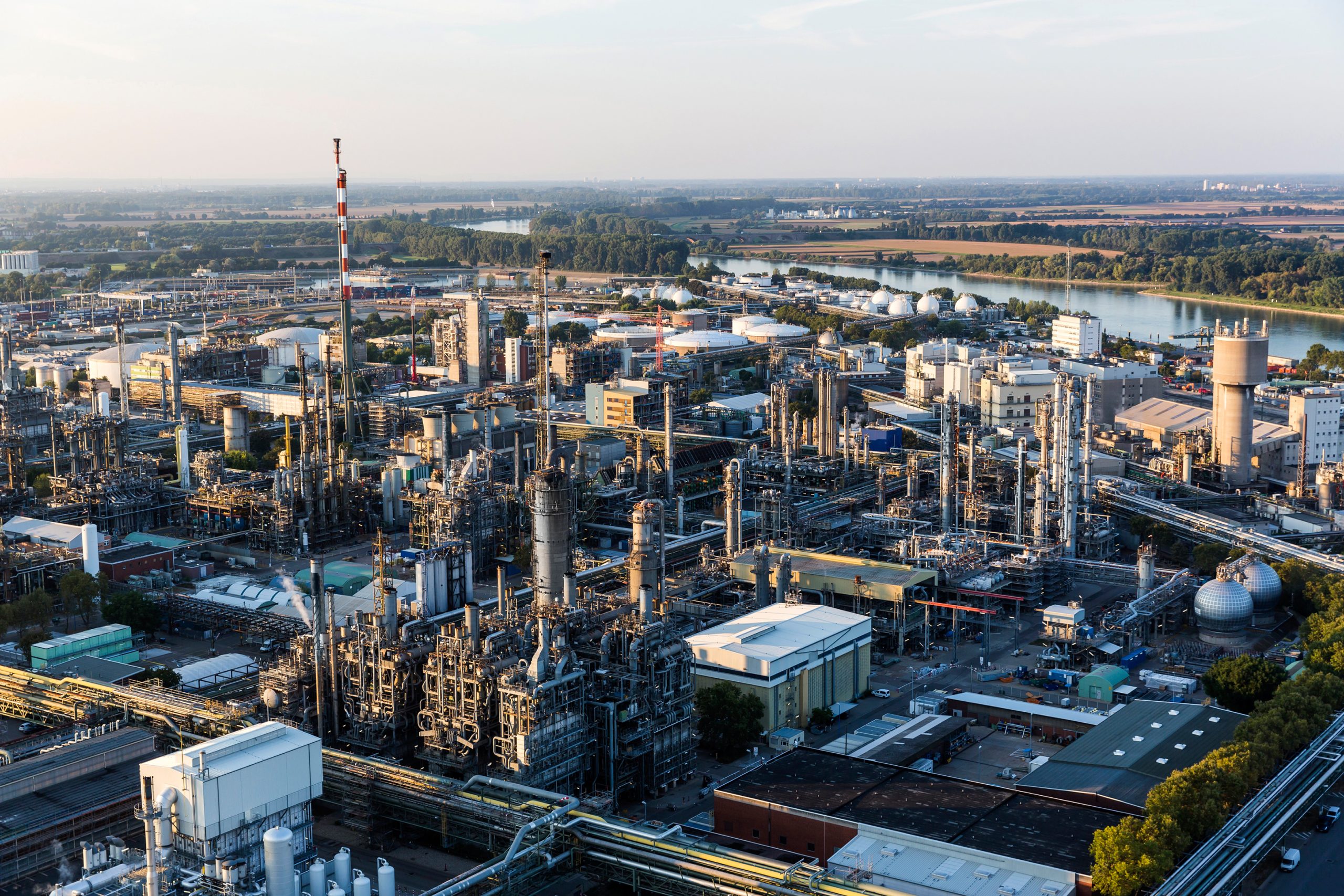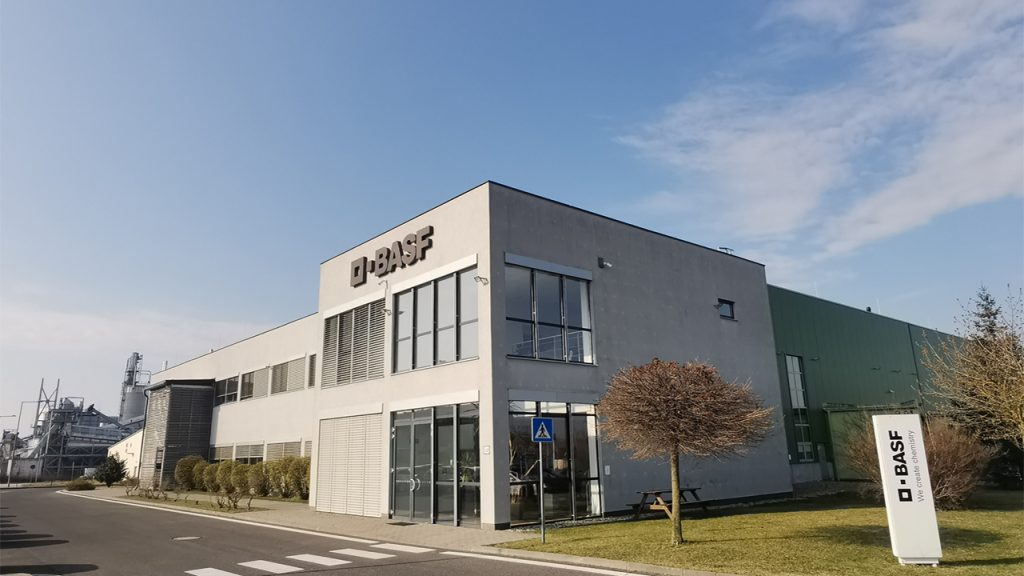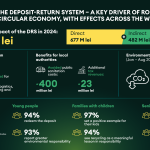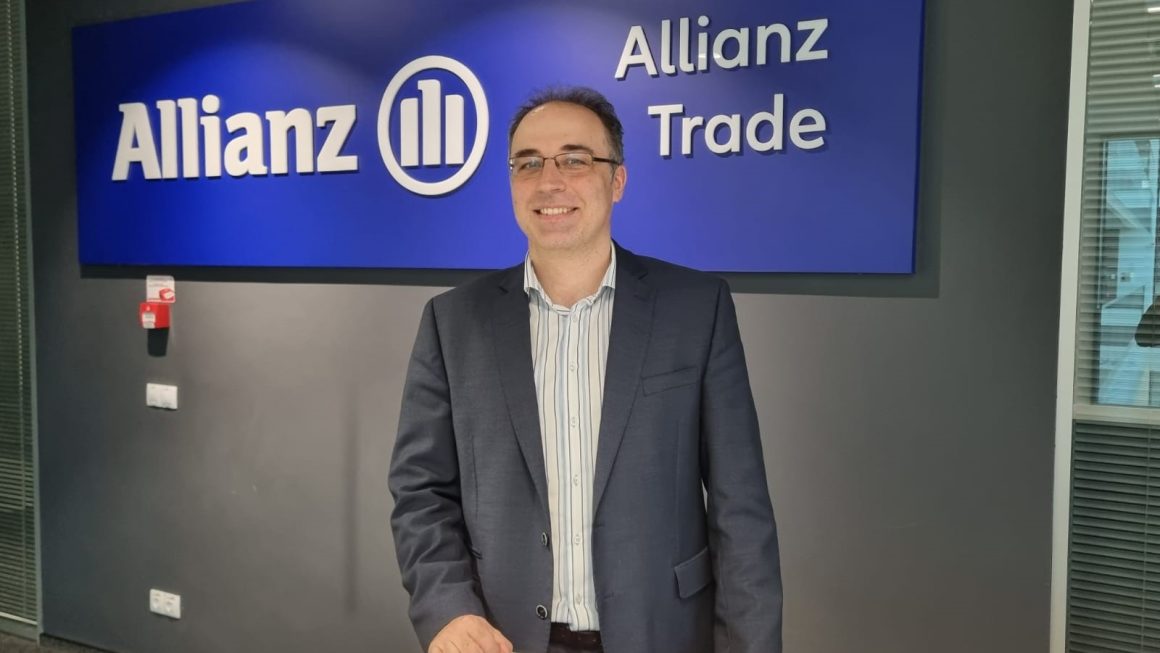
REDcert²: a Strategic Lever in the Chemical Industry – BASF case study
The chemical industry is at a pivotal moment. Global demand for plastics and advanced materials continues to rise, driven by sectors such as automotive, construction, consumer goods, and industrial manufacturing. Yet, alongside this growth, the industry faces unprecedented scrutiny over its environmental footprint. The European Union’s Green Deal, the Circular Economy Action Plan, and evolving climate regulations are no longer distant policy discussions—they are active frameworks reshaping how companies must source raw materials, structure supply chains, and report on sustainability.
For senior executives, this creates a dual challenge: ensuring continued competitiveness in global markets while simultaneously proving measurable progress on sustainability. Traditional commitments and voluntary targets are no longer enough. Investors are calling for verifiable metrics. Customers—particularly in B2B industries—demand certified materials that align with their own sustainability goals. And regulators are building a system in which non-compliance is not just a reputational risk but a direct barrier to market access.
Within this context, REDcert² has emerged as a certification system that provides chemical companies with a structured, credible way to demonstrate sustainable material flows. By verifying the use of renewable and recycled feedstocks through audited mass balance approaches, it offers a practical pathway for companies to reduce fossil dependency without the need to overhaul existing production infrastructure. For an industry where scale and continuity are essential, this combination of flexibility and credibility is strategically significant.
The recent announcement by BASF’s Performance Materials division, confirming that all ten of its European production sites are now REDcert² certifiedPress Release_REDcert2, is more than a technical achievement. It signals a shift in how large chemical players are operationalizing sustainability. By embedding certified feedstocks into its portfolio of engineering plastics, polyurethanes, thermoplastic polyurethanes, and specialty polymers, BASF is demonstrating that sustainability and performance can be delivered in tandem—and at scale.
For other companies operating in or alongside the chemical sector, this development carries clear implications. REDcert² certification is rapidly becoming a market differentiator, shaping procurement decisions across industries. In practice, this means that suppliers unable to provide certified solutions risk exclusion from value chains increasingly governed by ESG requirements.
In short, the stakes are rising. REDcert² is not merely a technical framework; it is becoming a strategic lever—reshaping competition, compliance, and customer expectations across Europe’s industrial landscape.
What is REDcert²?
REDcert² is a certification system designed to give the chemical industry a credible way to prove its use of sustainable raw materials. It operates on the mass balance principle, a model that allows renewable or recycled feedstocks to be introduced at the start of production and then proportionally attributed to the final output. This avoids the need for entirely separate “green” production lines while ensuring the sustainable share is transparently verified by independent auditors.
The certification scheme was created under the REDcert GmbH framework, originally developed to implement the European Union’s Renewable Energy Directive (RED). While the first wave of certification focused on biofuels and biomass in energy, REDcert² was launched in 2015 to extend the approach to chemicals, plastics, and downstream industries. This evolution reflects the EU’s strategic pivot: energy decarbonization was only the beginning, and now material flows themselves are being regulated as part of the European Green Deal and the Circular Economy Action Plan.
For chemical producers, the implications are significant. The industry accounts for around 7% of global greenhouse gas emissions and is responsible for 14% of global oil demand, largely as a feedstock for plastics. With European plastics production alone exceeding 55 million tonnes annually, the pressure to decouple growth from fossil dependency is intense. Certification schemes like REDcert² provide a structured, scalable way to meet that challenge.
Examples of adoption underline this momentum: BASF now offers REDcert²-certified products from all ten of its European Performance Materials sitesPress Release_REDcert2, Covestro, another global materials company, also relies on REDcert² to certify mass balance products across its portfolio, and LyondellBasell and other major producers have followed similar pathways, showing that certification is moving beyond early adoption into an industry-wide standard.
For customers—automotive OEMs, consumer goods brands, construction companies—this matters because sustainability claims are increasingly tied to procurement policies. Large manufacturers such as Volkswagen, Unilever, and IKEA have committed to sourcing verified sustainable materials. Certification schemes like REDcert² make these procurement commitments enforceable, shifting sustainability from “nice to have” to a hard requirement for suppliers.
For executives, REDcert² is not just a technical tool; it is a license to operate in a market shaped by ESG expectations, investor scrutiny, and tightening regulation. Without credible certification, suppliers risk being locked out of high-value supply chains where verified sustainability has become a contractual obligation.
How REDcert² Came Into Being
The roots of REDcert² can be traced back to the European Union’s drive to decarbonize energy and transport. In 2009, the EU adopted the first Renewable Energy Directive (RED I), requiring member states to ensure that at least 10% of their transport fuels came from renewable sources by 2020. This triggered the need for a certification system that could verify the sustainability of biomass and biofuels used in the energy sector. Out of this policy environment, REDcert GmbH was established in Germany in 2010 as one of the recognized certification bodies.
Initially, REDcert focused on agricultural feedstocks—ensuring that crops like rapeseed, corn, or wheat used for energy production met sustainability standards related to land use, greenhouse gas savings, and traceability. By 2012, REDcert had become one of the major schemes recognized by the European Commission for bioenergy compliance, covering millions of tonnes of biomass flows annually.
As policy and market expectations evolved, it became clear that materials, not just fuels, would be subject to the same scrutiny. Plastics in particular had become a focal point of public and political debate: Europe was generating 29 million tonnes of plastic waste per year, and less than one-third was being recycled effectively. At the same time, large industrial players faced growing investor pressure to demonstrate climate strategies beyond energy efficiency.
In response to these shifts, REDcert launched REDcert² in 2015. Unlike its predecessor, which was tied specifically to bioenergy, REDcert² was designed to certify sustainable feedstock use in the chemical and plastics industries. The system was built to accommodate two key innovations: The Biomass Balance Approach – integrating renewable raw materials (such as bio-naphtha or biomethane) directly into existing petrochemical production, ChemCycling® and Advanced Recycling – verifying feedstocks obtained from chemical recycling of plastic waste, enabling plastics-to-plastics loops at industrial scale.
The timing aligned with the EU Circular Economy Action Plan (2015) and subsequent policy pushes to phase out single-use plastics, increase recycling quotas, and introduce carbon pricing mechanisms. Certification was no longer optional—it became a way for companies to demonstrate compliance and future-proof their operations.
Over the past decade, REDcert² has gained wide acceptance among leading chemical producers including BASF, Covestro, Sabic, and LyondellBasell. By anchoring certification in independent audits and transparent accounting, it has become a cornerstone of industry credibility, bridging the gap between regulatory demands, customer expectations, and industrial realities.
Case Study: BASF

BASF provides one of the clearest illustrations of how REDcert² can be implemented at scale within the chemical industry. In September 2025, the company announced that all ten of its Performance Materials production sites in Europe had achieved REDcert² certificationPress Release_REDcert2. This is no small feat: the certification covers a diverse portfolio that includes engineering plastics, polyurethanes, thermoplastic polyurethanes (TPU), and specialty polymers—materials that form the backbone of critical sectors ranging from automotive manufacturing to consumer electronics, construction, and industrial applications.
This milestone did not come in isolation. It followed another strategic achievement earlier that same year, when BASF transitioned all European production facilities to 100% renewable electricity. Viewed together, the two developments highlight a deliberate sequencing: decarbonize the energy supply first (Scope 2 emissions), and then focus on the raw material base (Scope 3 emissions). For executives looking to chart their own sustainability roadmaps, BASF’s approach demonstrates the importance of managing transformation in phased, pragmatic steps rather than attempting to overhaul everything at once. By tackling emissions in stages, BASF shows how ambition can be aligned with operational feasibility.
The certification process itself leverages two key mechanisms: the Biomass Balance approach, in which renewable raw materials like bio-naphtha or biomethane replace a portion of fossil feedstocks at the start of production, and ChemCycling®, which turns plastic waste into usable feedstocks through chemical recycling. Both methods enable BASF to embed sustainability into existing large-scale production systems without sacrificing performance or supply reliability. Importantly, these methods allow the company to provide customers with certified solutions at scale—something that remains a challenge for many in the industry.
For BASF’s customers, the benefits are both operational and strategic. On one hand, they gain access to mass balance-certified materials that come with a demonstrably lower carbon footprint. On the other hand, these materials enable downstream companies to credibly reduce their Scope 3 emissions—an increasingly critical requirement as reporting obligations tighten under regulations like the EU’s Corporate Sustainability Reporting Directive (CSRD). Beyond compliance, customers can also use these certified inputs to strengthen their own ESG narratives for investors, regulators, and end consumers. In effect, BASF is no longer just supplying raw materials—it is supplying compliance, credibility, and market readiness.
From a competitive standpoint, BASF’s move positions the company as a supplier of choice in procurement-driven markets. In the automotive industry, for example, original equipment manufacturers (OEMs) are under pressure to demonstrate verified reductions in the carbon footprint of materials used in their vehicles. In packaging, regulators and public opinion are pushing aggressively toward higher recycling rates and stricter sustainability standards. By ensuring its portfolio is REDcert²-certified, BASF can meet these demands head-on, while competitors that lack certification risk losing ground in customer negotiations.
Internally, the certification reinforces BASF’s broader strategy under its #OurPlasticsJourney initiative. This program frames sustainability not as an add-on, but as a transformation that runs through every stage of the plastics lifecycle—design, use, and recycling. REDcert² is thus not the end point but a milestone within a wider trajectory that integrates innovation, compliance, and market positioning. It demonstrates how a global leader can operationalize circular economy principles in ways that are both commercially viable and socially credible.
For executives outside BASF, the case carries a clear message: certification should not be treated as a bureaucratic requirement or a mere “tick-box exercise.” It is a strategic lever that can secure customer loyalty, guarantee market access, and enhance brand credibility in a marketplace where sustainability has become a non-negotiable. BASF’s example shows that certification, when integrated into a broader transformation plan, can be turned from a cost into a source of competitive advantage.
Certification as Strategy
The rise of REDcert² illustrates a broader shift in how sustainability is measured, reported, and valued in global business. What began as a compliance framework rooted in EU energy policy has evolved into a strategic instrument for the chemical industry, offering a way to reduce fossil feedstock dependency while retaining industrial scale and efficiency.
For executives, the message is unambiguous. Certification systems like REDcert² are no longer optional badges of responsibility; they are becoming baseline requirements in markets where regulators, investors, and customers demand verifiable progress.
The BASF case study underscores how certification can be operationalized at scale, with clear benefits for both the company and its customers. By aligning its European production with REDcert², BASF not only strengthens its competitive positioning but also enables downstream industries to meet their own obligations.
For society, REDcert² delivers trust, circularity, and climate impact. For businesses, it is a license to compete in a world where ESG metrics increasingly dictate access to capital and markets.
The conclusion is clear: REDcert² is not simply a certification—it is a strategic lever of transformation. Companies that embrace it early can turn compliance into competitive advantage. Those that hesitate may find themselves not just behind the curve but outside the game.















